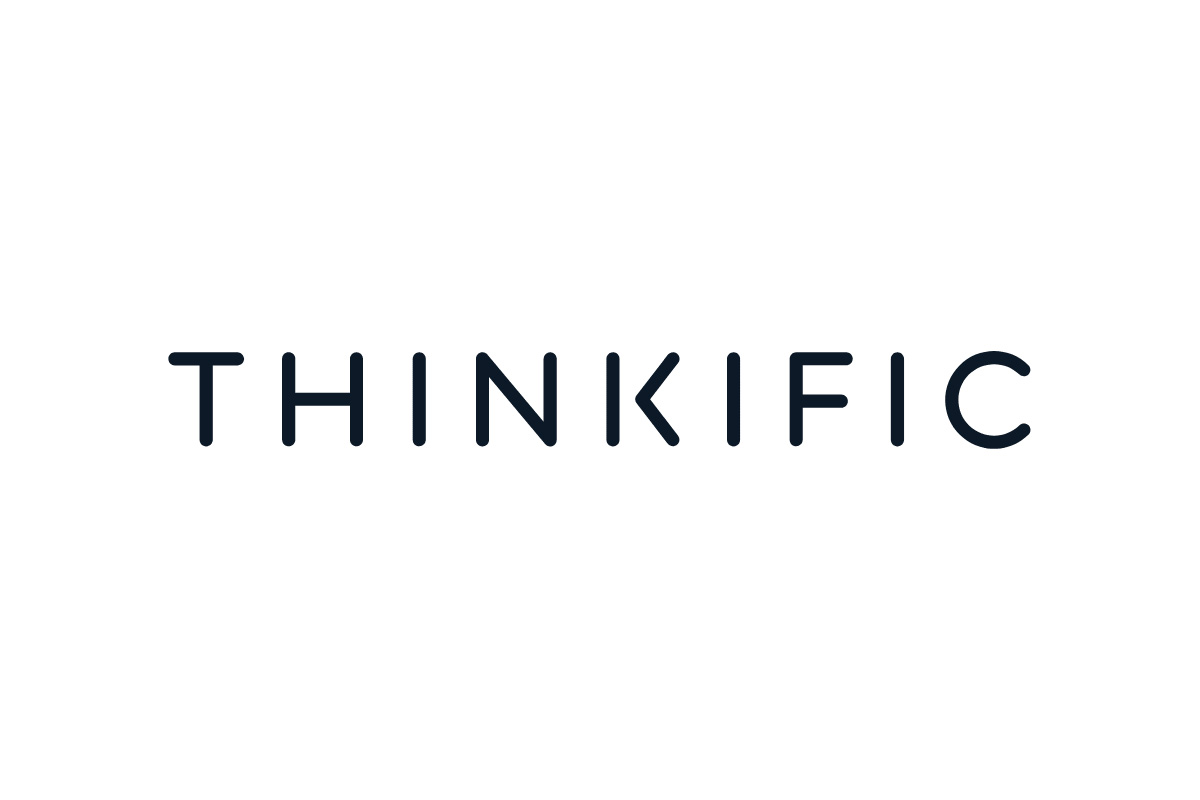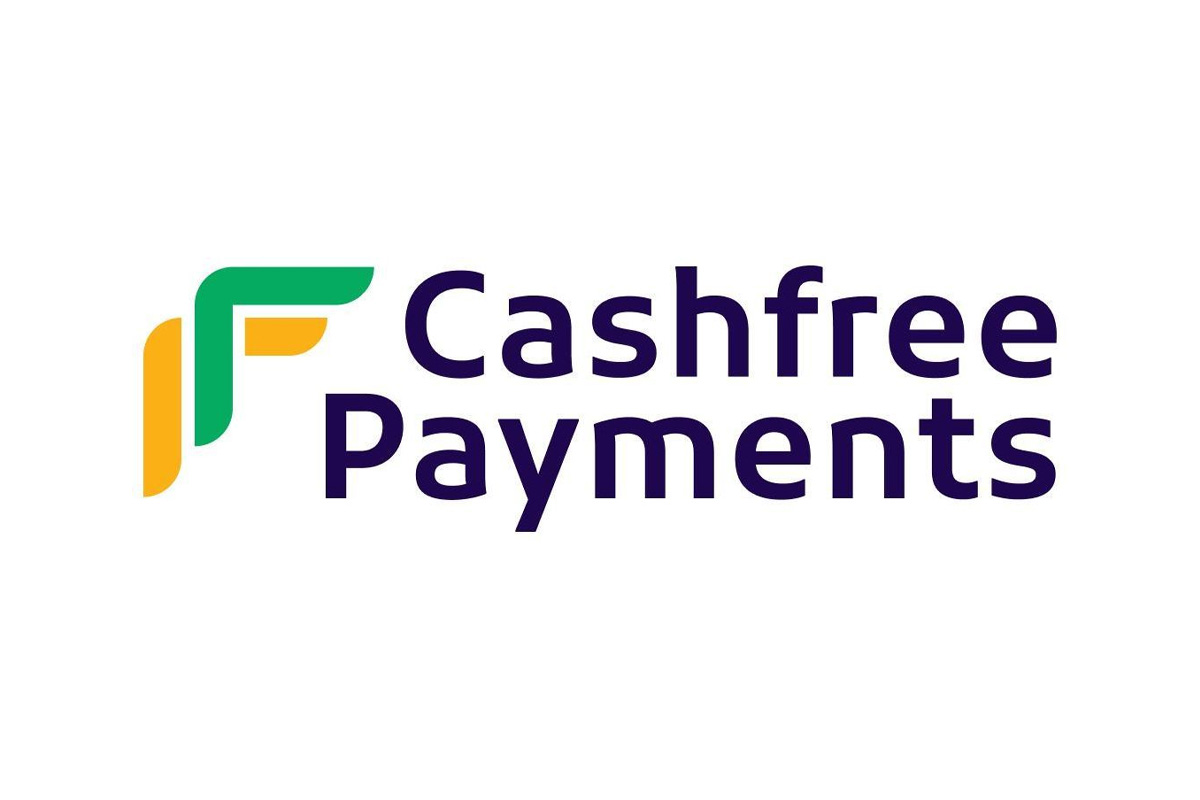Fintech
Global Online Payment Methods Analysis Report 2022-2025: Digital Payments Accelerated in Asia-Pacific, with China Being One of the Frontrunners Toward a Cashless Society

The “Global Online Payment Methods 2022” report has been added to ResearchAndMarkets.com’s offering.
Cards and digital wallets are the most common payment instruments in most regions worldwide
Digital payments in the Asia-Pacific region accelerated, with China being one of the frontrunners toward a cashless society.
Consumers in the North American and Latin American regions still prefer to use credit cards for online shopping in 2022, as per data included in the report, and, in Europe, payments via debit card or credit card were the most preferred methods of payments in multiple countries; however, other European countries differed, exhibiting preferences towards payments via mobile app, Invoice, PayPal, or another form of a digital wallet, and direct bank payment.
In the Middle East and Africa, payment experts expect the transition to digital systems to be sustainable, with a high double-digit percentage of surveyed payment practitioners predicting that at least half of new digital payment users will continue the use of digital payments instead of using cash in the future.
BNPL adoption continues to grow in usage and penetration
The number of Buy Now Pay Later (BNPL) users globally is projected to more than quadruple from 2021 to 2026 and the share of BNPL used in B2C E-Commerce payments is forecasted to increase by 15 p.p. in the same time period, as spelled out in the report.
In North America the BNPL service is gaining momentum, with the number of BNPL users projected to more than triple by 2025 in the U.S. alone. Furthermore, in the APAC region, over three quarters of Australians were aware of the BNPL service and its main market players such as Afterpay and Zip.
Questions Covered in the report:
- How many mobile wallet users are there in regions worldwide?
- What are the leading payment methods used when making online purchases in Asia-Pacific?
- How did online payment preferences differ across countries in Europe in 2021?
- Which payment methods were most offered by online merchants during online checkout in the U.S. and Canada?
- Which payment method is likely to be the market leader in the Middle East & Africa by 2025?
Key Topics Covered:
1. Management Summary
2. Global Developments
- Overview of the Online and Mobile Payment Trends, May 2022
- Payment Value, by B2C E-Commerce Payments and POS Payments, in USD trillion, 2021 & 2026f
- Share of Cash Payments, in % of Total POS Transaction Value, by Region, 2021 & 2025f
- Value of Contactless Card Transactions, in USD trillion, 2020 & 2021e
- Share of Contactless Card Transactions, in % of Overall Contactless Transaction Value, 2021e
- BNPL B2C E-Commerce Sales, in USD billion, 2021e & 2026f
- Number of BNPL Users, in millions, 2021e & 2026f
- BNPL Share of B2C E-Commerce Payments, in %, 2021e & 2026f
- Value of Digital Wallet Transactions, in USD trillion, 2022f & 2026f
- Number of B2C E-Commerce Transactions Paid by OEM Mobile Payment Apps, in billions, 2022f & 2026f
- Number of Mobile Wallet Users, by Region, in millions, 2020 & 2025f
- Proximity Mobile Payment Users Worldwide, in millions, and Year-on-Year Change, in %, 2020-2025f
- Proximity Mobile Payment User Penetration, in % of Smartphone Users, 2020-2025f
- Proximity Mobile Payment User Penetration, in % of Smartphone Users, 2021e
- Payment Methods Accepted by Online Merchants, by Already Accepted and Planned, in % of Online Merchants, February 2022
- Factors Influencing Store Purchasing Choice, Excluding Digital Payments, in % of Consumers, December 2021
- Areas for Growth According to Small Businesses, in % of Small Businesses, December 2021
- Share of Consumers and Small Businesses Planning to Use Digital Payment Methods Exclusively Within the Next Two Years, in %, December 2021
- Cryptocurrency Payment Value, in USD billion, 2018-2023f
3. Asia-Pacific
3.1. Regional
- Overview of the Online and Mobile Payment Trends, July 2022
- Card Payment Value, in USD trillion, and Year-On-Year Change, in %, 2019-2025f
- Breakdown of Payment Methods Used in B2C E-Commerce, in %, 2021
3.2. Advanced Markets
3.2.1. Japan
3.2.2. South Korea
3.2.3. Australia
3.2.4. New Zealand
3.2.5. Singapore
3.3. Emerging Markets
3.3.1. China
3.3.2. Taiwan
3.3.3. Hong Kong
3.3.4. India
3.3.5. Indonesia
3.3.6. Thailand
3.3.7. Vietnam
3.3.8. Malaysia
3.3.9. Philippines
4. Europe
4.1. Regional
- Online & Mobile Payment Trends, June 2022
- Breakdown of Payment Methods Preferred in B2C E-Commerce, in % of Online Shoppers, by Selected Countries, November 2021
- Share of Payment Methods Used In-store in the Past 12 Months, in % of Consumers, July 2021
- Breakdown of Preferred Electronic Payment Methods for In-store Purchases, in % of Consumers, July 2021
- Breakdown of Preferred Electronic Payment Methods for In-store Purchases, in % of Consumers, by Generation, July 2021
- Share of Consumers Who Would Support the Mandatory Acceptance of Digital Payments, in %, July 2021
- Share of Merchants Who Prefer Accepting Electronic Payments Over Cash, in %, July 2021
- Attitudes Towards Saving Card Details in Online Stores, in % of Internet Users, by Selected Countries, 2021
- Breakdown of Intention of B2C and B2B Marketplaces to Launch Embedded Payment Services, in % of Decision Makers, July 2021
- Perceived Advantages of Embedded Payment Services, by Very Appealing and Appealing, in % of Decision-Makers from B2C and B2B Marketplaces, July 2021
4.2. Advanced Markets
4.2.1. UK
4.2.2. Germany
4.2.3. France
4.2.4. Spain
4.2.5. Italy
4.2.6. Netherlands
4.2.7. Switzerland
4.2.8. Sweden
4.2.9. Belgium
4.2.10. Norway
4.2.11. Denmark
4.2.12. Finland
4.2.13. Austria
4.3. Emerging Markets
4.3.1. Russia
4.3.2. Poland
4.3.3. Turkey
4.3.4. Czech Republic
4.3.5. Portugal
4.3.6. Romania
4.3.7. Hungary
4.3.8. Ukraine
4.3.9. Bulgaria
4.3.10. Croatia
5. North America
5.1. Regional
5.2. USA
5.3. Canada
6. Latin America
6.1. Regional
- Online & Mobile Payment Trends, May 2022
- Breakdown of Total E-Commerce Sales by Payment Methods, in %, 2021e
- E-Commerce Payment Volume, by Payment Method, in USD billion, and Year-on-Year E-Commerce Payment Method Growth, in %, 2021e
- Card Ownership in Select Countries, by Card Type, in % of Banked Internet User Population, 2020 & 2021
- Number of Digital-Only Banks, 2012 – 2021e
- Number of Neobank Customers, in millions, 2016 – 2021e
6.2. Brazil
6.3. Mexico
6.4. Argentina
6.5. Colombia
6.6. Chile
6.7. Peru
6.8. Dominican Republic
7. Middle East & Africa
7.1. Regional
- Online & Mobile Payment Trends, June 2022
- Most Preferred Payment Methods by 2025, in % of Respondents, 2020
- Payment Method Likely To Be Market Leader by 2025, in % of Respondents, 2020
- Banks’ Innovation Methods, in % of Banking Executives, March 2021
- Banks’ Priorities by 2026, in % of Banking Executives, March 2021
- How Banks View Their Digital Business Evolvement by 2023, in % of Banking Executives, March 2021
- Trends To Have The Biggest Impact on Banks by 2025, in % of Banking Executives, March 2021
- Overview of Selected Leading FinTech Startups in the Payments Sector, incl. Company Name, Solution, Funding, Country and Year Established, December 2021
- Overview of Mobile Money Statistics in Africa, incl. Number of Live Services, Registered Accounts, in millions, Active Accounts, in millions, Transaction Volume in millions, and Transaction Value, in USD billion, and Year-on-Year Growth, in %, by Sub-Region, 2021
- Total Investment Raised by African FinTechs, in USD million, 2020 & 2021
- Overview of Selected Major FinTech Funding Rounds in Africa, by Country, 2021
7.2. UAE
7.3. Saudi Arabia
7.4. Israel
7.5. Jordan
7.6. Oman
7.7. South Africa
7.8. Egypt
7.9. Nigeria
7.10. Morocco
7.11. Kenya
7.12. Tunisia
Companies Mentioned
- Affirm
- Afterpay
- AliPay
- American Express
- Apple Pay
- Argos Store Card
- BitOasis
- Capital one
- Chipper Chash
- Clearpay
- D Pay
- Dana
- FamiPay
- Flutterwave
- GoPay
- Jumo
- Klarna
- Laybuy
- Legal and general
- LINE Pay
- Lucky
- Maestro
- Mastercard
- Merpay
- MTN-Halan
- Openpay
- OVO
- Palmpay
- Payl8r
- Paypal
- Paysafe
- PayTabs
- Perpay
- PIX
- Postpay
- Quadpay
- QuicPay
- Rakuten pay
- ServiPag
- Similar
- Sizzle
- Starbucks
- Tabby
- Tala
- Tamara
- Tymebank
- Venmo
- Visa
- Wave
- WearOS
- WeChat pay
- Yucho Pay
- Zip
- Zlich
For more information about this report visit https://www.researchandmarkets.com/r/cnbdc0
Fintech
How to identify authenticity in crypto influencer channels

Modern brands stake on influencer marketing, with 76% of users making a purchase after seeing a product on social media.The cryptocurrency industry is no exception to this trend. However, promoting crypto products through influencer marketing can be particularly challenging. Crypto influencers pose a significant risk to a brand’s reputation and ROI due to rampant scams. Approximately 80% of channels provide fake statistics, including followers counts and engagement metrics. Additionally, this niche is characterized by high CPMs, which can increase the risk of financial loss for brands.
In this article Nadia Bubennnikova, Head of agency Famesters, will explore the most important things to look for in crypto channels to find the perfect match for influencer marketing collaborations.
-
Comments
There are several levels related to this point.
LEVEL 1
Analyze approximately 10 of the channel’s latest videos, looking through the comments to ensure they are not purchased from dubious sources. For example, such comments as “Yes sir, great video!”; “Thanks!”; “Love you man!”; “Quality content”, and others most certainly are bot-generated and should be avoided.
Just to compare:


LEVEL 2
Don’t rush to conclude that you’ve discovered the perfect crypto channel just because you’ve come across some logical comments that align with the video’s topic. This may seem controversial, but it’s important to dive deeper. When you encounter a channel with logical comments, ensure that they are unique and not duplicated under the description box. Some creators are smarter than just buying comments from the first link that Google shows you when you search “buy YouTube comments”. They generate topics, provide multiple examples, or upload lists of examples, all produced by AI. You can either manually review the comments or use a script to parse all the YouTube comments into an Excel file. Then, add a formula to highlight any duplicates.

LEVEL 3
It is also a must to check the names of the profiles that leave the comments: most of the bot-generated comments are easy to track: they will all have the usernames made of random symbols and numbers, random first and last name combinations, “Habibi”, etc. No profile pictures on all comments is also a red flag.
LEVEL 4
Another important factor to consider when assessing comment authenticity is the posting date. If all the comments were posted on the same day, it’s likely that the traffic was purchased.
2. Average views number per video
This is indeed one of the key metrics to consider when selecting an influencer for collaboration, regardless of the product type. What specific factors should we focus on?
First & foremost: the views dynamics on the channel. The most desirable type of YouTube channel in terms of views is one that maintains stable viewership across all of its videos. This stability serves as proof of an active and loyal audience genuinely interested in the creator’s content, unlike channels where views vary significantly from one video to another.
Many unauthentic crypto channels not only buy YouTube comments but also invest in increasing video views to create the impression of stability. So, what exactly should we look at in terms of views? Firstly, calculate the average number of views based on the ten latest videos. Then, compare this figure to the views of the most recent videos posted within the past week. If you notice that these new videos have nearly the same number of views as those posted a month or two ago, it’s a clear red flag. Typically, a YouTube channel experiences lower views on new videos, with the number increasing organically each day as the audience engages with the content. If you see a video posted just three days ago already garnering 30k views, matching the total views of older videos, it’s a sign of fraudulent traffic purchased to create the illusion of view stability.
3. Influencer’s channel statistics
The primary statistics of interest are region and demographic split, and sometimes the device types of the viewers.
LEVEL 1
When reviewing the shared statistics, the first step is to request a video screencast instead of a simple screenshot. This is because it takes more time to organically edit a video than a screenshot, making it harder to manipulate the statistics. If the creator refuses, step two (if only screenshots are provided) is to download them and check the file’s properties on your computer. Look for details such as whether it was created with Adobe Photoshop or the color profile, typically Adobe RGB, to determine if the screenshot has been edited.
LEVEL 2
After confirming the authenticity of the stats screenshot, it’s crucial to analyze the data. For instance, if you’re examining a channel conducted in Spanish with all videos filmed in the same language, it would raise concerns to find a significant audience from countries like India or Turkey. This discrepancy, where the audience doesn’t align with regions known for speaking the language, is a red flag.
If we’re considering an English-language crypto channel, it typically suggests an international audience, as English’s global use for quality educational content on niche topics like crypto. However, certain considerations apply. For instance, if an English-speaking channel shows a significant percentage of Polish viewers (15% to 30%) without any mention of the Polish language, it could indicate fake followers and views. However, if the channel’s creator is Polish, occasionally posts videos in Polish alongside English, and receives Polish comments, it’s important not to rush to conclusions.
 Example of statistics
Example of statistics
Wrapping up
These are the main factors to consider when selecting an influencer to promote your crypto product. Once you’ve launched the campaign, there are also some markers to show which creators did bring the authentic traffic and which used some tools to create the illusion of an active and engaged audience. While this may seem obvious, it’s still worth mentioning. After the video is posted, allow 5-7 days for it to accumulate a basic number of views, then check performance metrics such as views, clicks, click-through rate (CTR), signups, and conversion rate (CR) from clicks to signups.
If you overlooked some red flags when selecting crypto channels for your launch, you might find the following outcomes: channels with high views numbers and high CTRs, demonstrating the real interest of the audience, yet with remarkably low conversion rates. In the worst-case scenario, you might witness thousands of clicks resulting in zero to just a few signups. While this might suggest technical issues in other industries, in crypto campaigns it indicates that the creator engaged in the campaign not only bought fake views and comments but also link clicks. And this happens more often than you may realize.
Summing up, choosing the right crypto creator to promote your product is indeed a tricky job that requires a lot of resources to be put into the search process.

Author
Nadia Bubennikova, Head of agency at Famesters
Fintech
Central banks and the FinTech sector unite to change global payments space

The BIS, along with seven leading central banks and a cohort of private financial firms, has embarked on an ambitious venture known as Project Agorá.
Named after the Greek word for “marketplace,” this initiative stands at the forefront of exploring the potential of tokenisation to significantly enhance the operational efficiency of the monetary system worldwide.
Central to this pioneering project are the Bank of France (on behalf of the Eurosystem), the Bank of Japan, the Bank of Korea, the Bank of Mexico, the Swiss National Bank, the Bank of England, and the Federal Reserve Bank of New York. These institutions have joined forces under the banner of Project Agorá, in partnership with an extensive assembly of private financial entities convened by the Institute of International Finance (IIF).
At the heart of Project Agorá is the pursuit of integrating tokenised commercial bank deposits with tokenised wholesale central bank money within a unified, public-private programmable financial platform. By harnessing the advanced capabilities of smart contracts and programmability, the project aspires to unlock new transactional possibilities that were previously infeasible or impractical, thereby fostering novel opportunities that could benefit businesses and consumers alike.
The collaborative effort seeks to address and surmount a variety of structural inefficiencies that currently plague cross-border payments. These challenges include disparate legal, regulatory, and technical standards; varying operating hours and time zones; and the heightened complexity associated with conducting financial integrity checks (such as anti-money laundering and customer verification procedures), which are often redundantly executed across multiple stages of a single transaction due to the involvement of several intermediaries.
As a beacon of experimental and exploratory projects, the BIS Innovation Hub is committed to delivering public goods to the global central banking community through initiatives like Project Agorá. In line with this mission, the BIS will soon issue a call for expressions of interest from private financial institutions eager to contribute to this ground-breaking project. The IIF will facilitate the involvement of private sector participants, extending an invitation to regulated financial institutions representing each of the seven aforementioned currencies to partake in this transformative endeavour.
Source: fintech.globa
The post Central banks and the FinTech sector unite to change global payments space appeared first on HIPTHER Alerts.
Fintech
TD Bank inks multi-year strategic partnership with Google Cloud

TD Bank has inked a multi-year deal with Google Cloud as it looks to streamline the development and deployment of new products and services.
The deal will see the Canadian banking group integrate the vendor’s cloud services into a wider portion of its technology solutions portfolio, a move which TD expects will enable it “to respond quickly to changing customer expectations by rolling out new features, updates, or entirely new financial products at an accelerated pace”.
This marks an expansion of the already established relationship between TD Bank and Google Cloud after the group previously adopted the vendor’s Google Kubernetes Engine (GKE) for TD Securities Automated Trading (TDSAT), the Chicago-based subsidiary of its investment banking unit, TD Securities.
TDSAT uses GKE for process automation and quantitative modelling across fixed income markets, resulting in the development of a “data-driven research platform” capable of processing large research workloads in trading.
Dan Bosman, SVP and CIO of TD Securities, claims the infrastructure has so far supported TDSAT with “compute-intensive quantitative analysis” while expanding the subsidiary’s “trading volumes and portfolio size”.
TD’s new partnership with Google Cloud will see the group attempt to replicate the same level of success across its entire portfolio.
Source: fintechfutures.com
The post TD Bank inks multi-year strategic partnership with Google Cloud appeared first on HIPTHER Alerts.
-
Latest News7 days ago
“The Hainan FTP and Me”: Looking at Hainan’s Transformations
-
Latest News5 days ago
Millions of people unite around doing good on the 18th International Good Deeds Day held yesterday worldwide
-
Latest News5 days ago
Banxso Acquires Australian ASIC License, Enhancing Its Global Trading Operations
-
Latest News4 days ago
BMO Announces Election of Board of Directors
-
Latest News5 days ago
135th Canton Fair Launches a Showcase of Innovative Products of New Collection to Lead Global Market Trends
-
Latest News6 days ago
BII and FMO back BECIS with joint US$50 million financing facility supporting commercial and industrial renewables sector in South-East Asia
-
Latest News4 days ago
HaloWallet Rebrands To Halo: Integrating SocialFi & AI To Revolutionize Social Influence Monetization
-
Latest News4 days ago
SS&C Blue Prism Intelligent Automation Customers Unlocked $53.4M in Value










